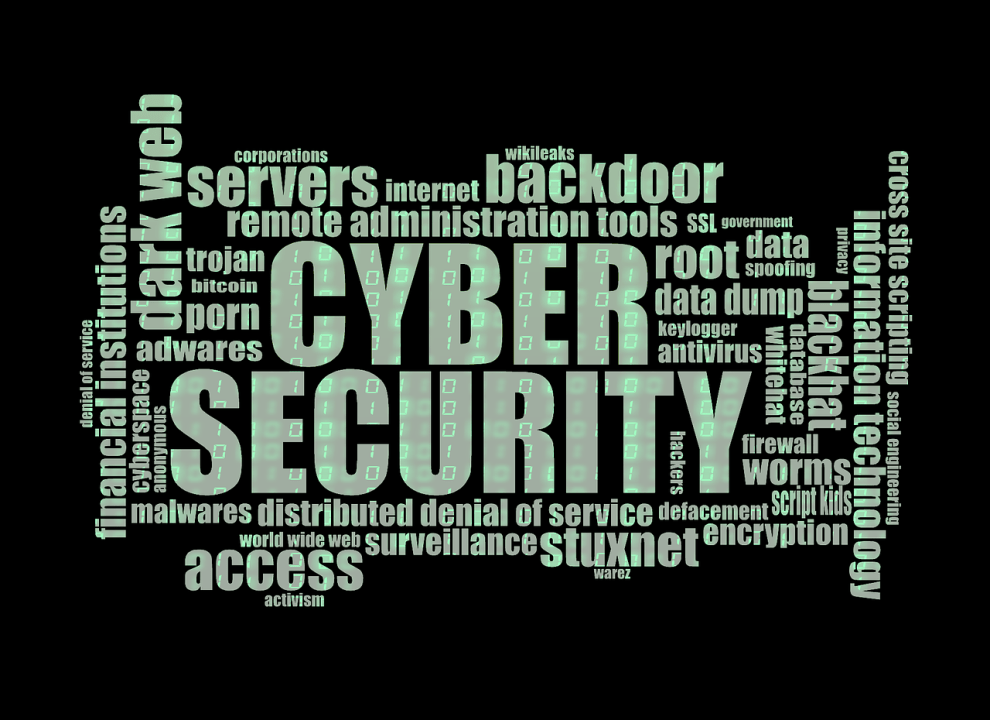In the dynamic world of cryptocurrencies, where digital assets are the new frontier of wealth, ensuring the security of your holdings is paramount. This article serves as a comprehensive guide to Crypto Security 101, offering insights into the best practices for protecting your digital assets from potential threats.
Understanding the Risks:

Before delving into security measures, it’s crucial to recognize the various risks associated with owning and transacting cryptocurrencies:
- Cybersecurity Threats:
- The decentralized nature of cryptocurrencies makes them attractive targets for hackers. Malware, phishing attacks, and ransomware are common tactics used to compromise digital wallets.
- Exchange Vulnerabilities:
- Centralized exchanges are susceptible to security breaches. Instances of exchange hacks, where user funds are compromised, highlight the importance of secure trading platforms.
- Human Error:
- Mistakes such as sharing private keys, using weak passwords, or falling victim to social engineering attacks can lead to the loss of digital assets.

Best Practices for Crypto Security:
- Secure Your Private Keys:
- Private keys are the gateway to your digital assets. Store them offline in hardware wallets or paper wallets, ensuring they are kept in a secure and controlled environment.
- Use Hardware Wallets:
- Hardware wallets provide an extra layer of security by keeping your private keys offline. Popular choices include Ledger and Trezor, which are designed to protect your assets from online threats.
- Enable Two-Factor Authentication (2FA):
- Implement 2FA on all your cryptocurrency accounts, including wallets and exchanges. This additional layer of security requires a secondary verification step, typically through a mobile app, enhancing protection against unauthorized access.
- Regularly Update Software:
- Keep your wallets, software, and antivirus programs up to date. Developers frequently release updates to patch vulnerabilities and improve security features.
- Be Wary of Phishing Attempts:
- Exercise caution when clicking on links or providing sensitive information. Phishing attempts often involve fake websites or emails designed to trick users into revealing their private keys or login credentials.
- Diversify Storage:
- Avoid keeping all your digital assets in a single wallet or exchange. Diversify your storage across multiple wallets and platforms to minimize the impact of a potential security breach.
- Educate Yourself:
- Stay informed about the latest security threats and best practices. Understanding the risks and how to mitigate them is a fundamental aspect of safeguarding your digital assets.
- Use Strong Passwords:
- Create complex, unique passwords for your crypto accounts. Avoid using easily guessable information and consider using a reputable password manager for added security.
- Regularly Monitor Your Accounts:
- Keep a close eye on your cryptocurrency accounts for any suspicious activities. Early detection of unauthorized access can prevent potential losses.
Conclusion:
Securing your digital assets is not a one-time task but an ongoing commitment to staying vigilant and informed. By following the best practices outlined in Crypto Security 101, you empower yourself to navigate the cryptocurrency landscape with confidence, knowing that your assets are well-protected against potential threats. Remember, in the world of cryptocurrencies, security is not just a feature; it’s a fundamental necessity for a safe and rewarding crypto experience.


